
Meditation is diverse, and there are so many types that some have not yet been classified in the world. Some religious and spiritual schools have developed their own techniques for performing meditation that are available only to adepts of these schools and teachings. This closed knowledge is esoteric. We will talk about those types widely known and have earned a reputation for being beneficial practices for physical, mental, and spiritual development.
There are nine types and techniques for beginners, such as:
MINDFULNESS MEDITATION
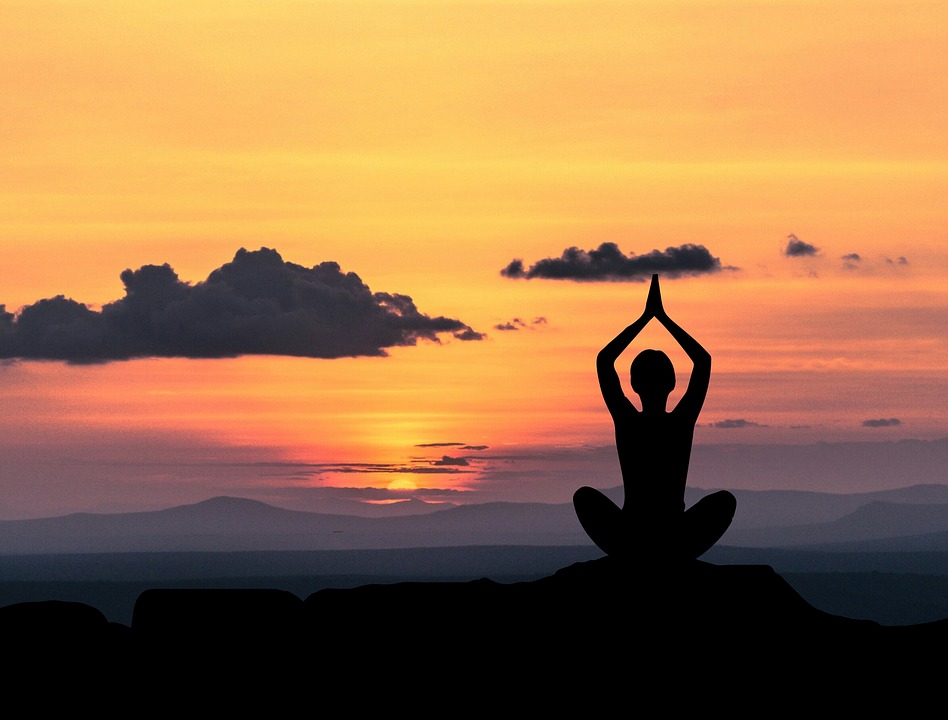
Mindfulness practice is not only about sitting or lying down. You can also meditate during your daily activities: eating, walking, in transport, or at work. It is about paying attention to the present moment in everyday life, being aware of what is happening right now, and not living automatically.
If you speak, you need to pay attention to the words, how you pronounce them, and listen with attention. If you are walking, pay attention to sensations in your body, sounds, smells, people around you. The daily practice of mindfulness helps to meditate while sitting, and vice versa.
This type of meditation is suitable for the general public. Most schools, hospitals, and other institutes use this technique to help people reduce their stress levels. It also improves their physical and mental health and living standards.
SPIRITUAL MEDITATION

Most of the eastern religions, such as Buddhism, Hinduism, Christian, and Daoism, use spiritual meditation as a part of their religion. It is the best way to remain in silence and find a deeper connection between God and you. Popular essential oils such as myrrh, cedar, sage, palo santo, and sandalwood are used in this meditation to heighten the spiritual experience.
You can practice it in a place of worship or at home. This technique is beneficial for those who want spiritual growth.
FOCUSED MEDITATION
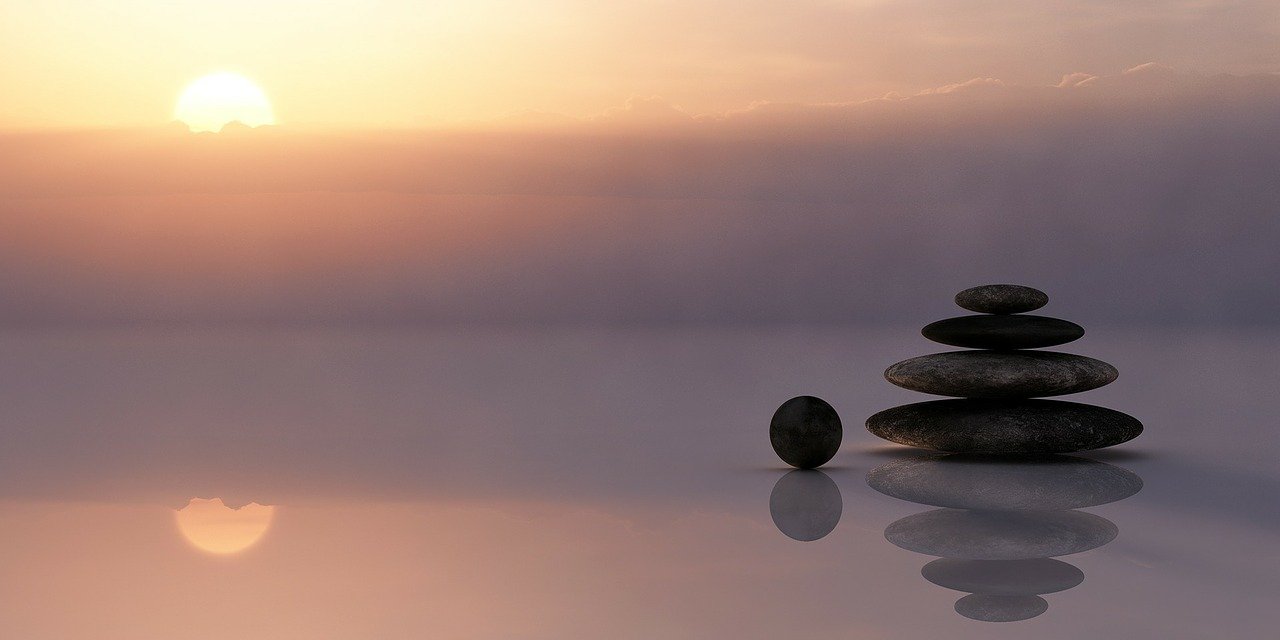
Focused or Concentration meditation (shamatha) is one of the basics of Tibetan meditation. When practicing this style, it is important to focus on one thing: your own breath or the repetition of a word or mantra. In this case, you can watch the flame of a candle, sit with your eyes closed, listening to the rhythmic sound of the gong, music, or fingering the rosary. Focus is not easy, so I advise a beginner to start with at least a few minutes, gradually increasing the amount of time.

When you are doing this, meditation, posture is very important. The main rule is to cross the legs. If you find it difficult to be in this position, you can just sit in a chair. Fold the hands at the level of the lower abdomen, with the right palm on the left. Keep your shoulders and back straight. Try to relax while doing this.
As for breathing, it is important to do a cycle of 21 inhalations and exhalation before starting meditation. Otherwise, according to the Tibetan tradition, too many thoughts will remain in the head. As soon as you feel that thoughts are flowing into another channel, focus them on the mantra or object (candle flame, rosary beads). Instead of following random thoughts, just let them go. Thus, your ability to focus will increase.
MOVEMENT MEDITATION
 Many people think that meditation is just the name of sitting and applying certain techniques, but it’s not true. It also includes qigong, gardening, walking through woods, and other gentle forms of motion. It is known as movement meditation because here movement guides you. This style is useful for those who find metal satisfaction in action. It allows their mind to wander and get peace.
Many people think that meditation is just the name of sitting and applying certain techniques, but it’s not true. It also includes qigong, gardening, walking through woods, and other gentle forms of motion. It is known as movement meditation because here movement guides you. This style is useful for those who find metal satisfaction in action. It allows their mind to wander and get peace.
MANTRA MEDITATION
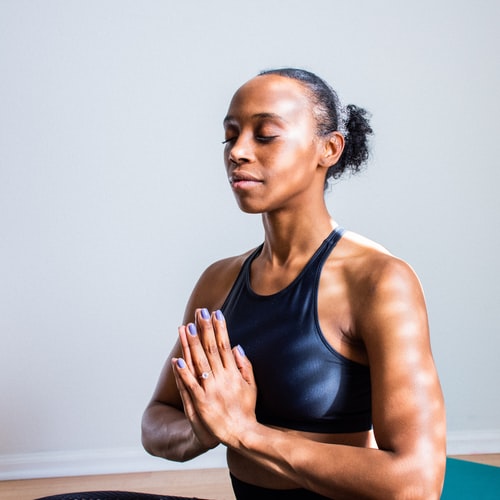
‘Man’ means mind, and ‘tra’ means to liberate. Mantra is what liberates the mind. Typically, a mantra is a syllable, word, or sentence used in meditation to focus the mind and achieve a specific emotional state.
Some people think that a mantra is something like an affirmation and is pronounced to convince yourself of something or create an appropriate attitude. This is not entirely true. Yes, each mantra has its own meaning. The sound’s vibration has a certain effect, depending on the mantra’s meaning. But a mantra is something more. It is a sacred verbal formula charged with a lot of energy and information. It can influence the mental abilities of a person and help him in spiritual development.
The technique for performing mantra is simple. It is necessary to take any of the postures, close your eyes, and repeat the chosen mantra to yourself. Sometimes the practice is supplemented by observing the breath or working with beads. Moreover, you can meditate for a specific amount of time or repetitions (108 or 1008 times).
Some of the most famous mantras are:
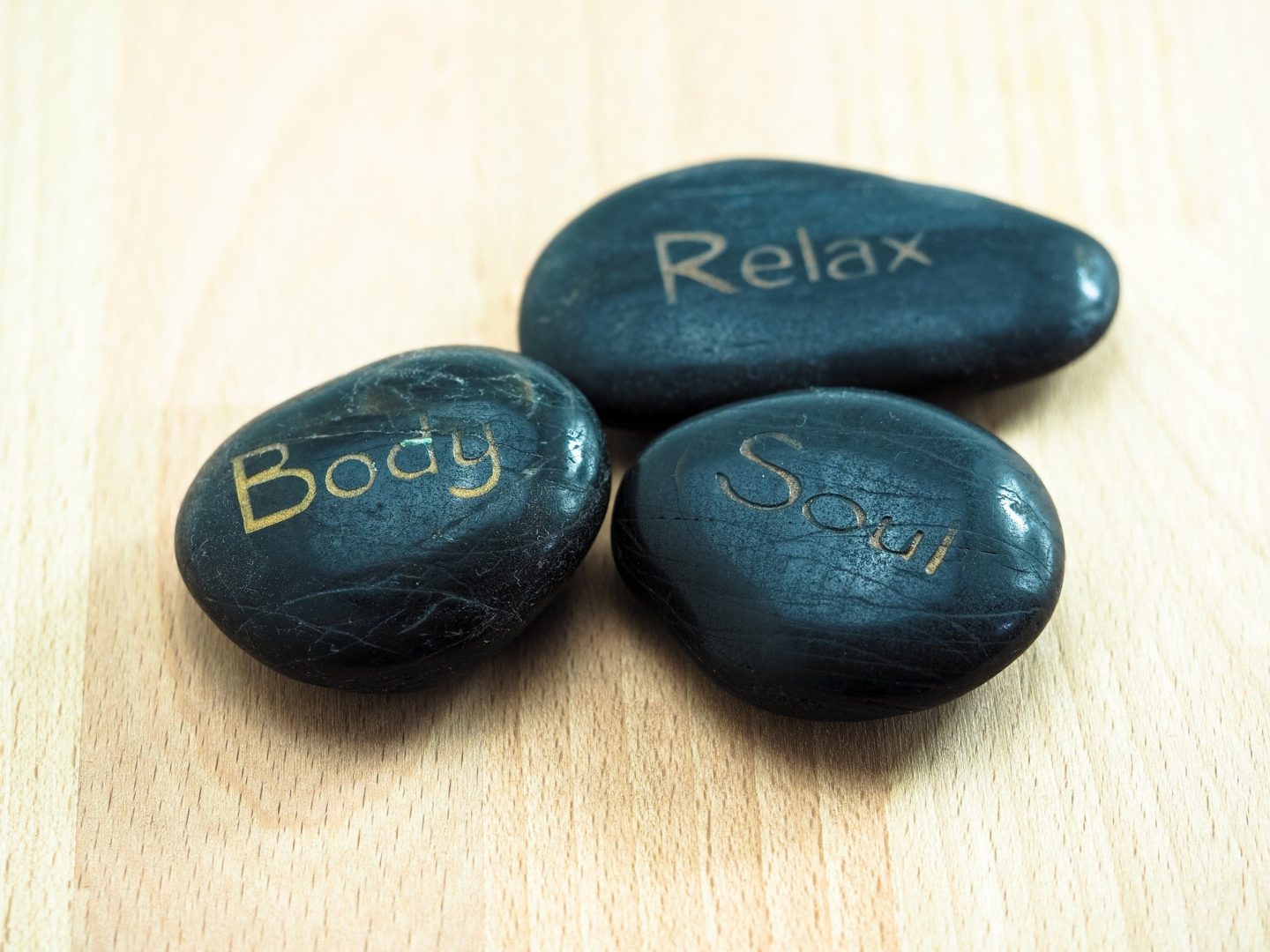
OM (also pronounced AUM)
For the feeling of oneness with the Lord, A – means the Personality of God. U – means the Internal Energy of God. And M – means living beings (as the Energy of God). In this way, AUM – the sound vibration of the Supreme Personality of Godhead, the unity of all that exists!
Om Mani Padme Hum
It is the mantra of the goddess Kuan-Yin, the goddess of mercy and compassion. The mantra is universal. This is a very powerful cleansing mantra. Plus, her practice bestows success in all areas. Mantra has a calming effect on the nervous system and helps to eliminate nervous diseases.
Om Namah Shivaya
The five syllables of this mantra contain the entire Universe, consisting of five primary elements. Moreover, the repetition of the mantra purifies the elements, which promotes inner peace.
Many people find that mantra helps them focus and free their minds better than concentrating on the breath. Mantra can be done in daily life by reciting the mantra to yourself. Some people are also attracted by the additional sacred meaning of the mantra, which has a certain effect when practicing meditation.
Transcendental Meditation
Transcendental Meditation (abbreviated TM) is a mantra technique. Maharishi Mahesh Yogi introduced it, and the Maharishi Movement organizations promoted it all over the world. In the 1970s, Maharishi gained fame as the guru of many stars, including the Beatles.
TM is widely practiced all over the world and has over five million followers. Experiments confirm that TM is good for relieving stress and promoting personality development. Moreover, you can practice it in any comfortable position; the only condition is that the head should not touch anything to provoke falling asleep. In general, however, you can practice for 15-20 minutes.
PROGRESSIVE MUSCLES RELAXATION MEDITATION
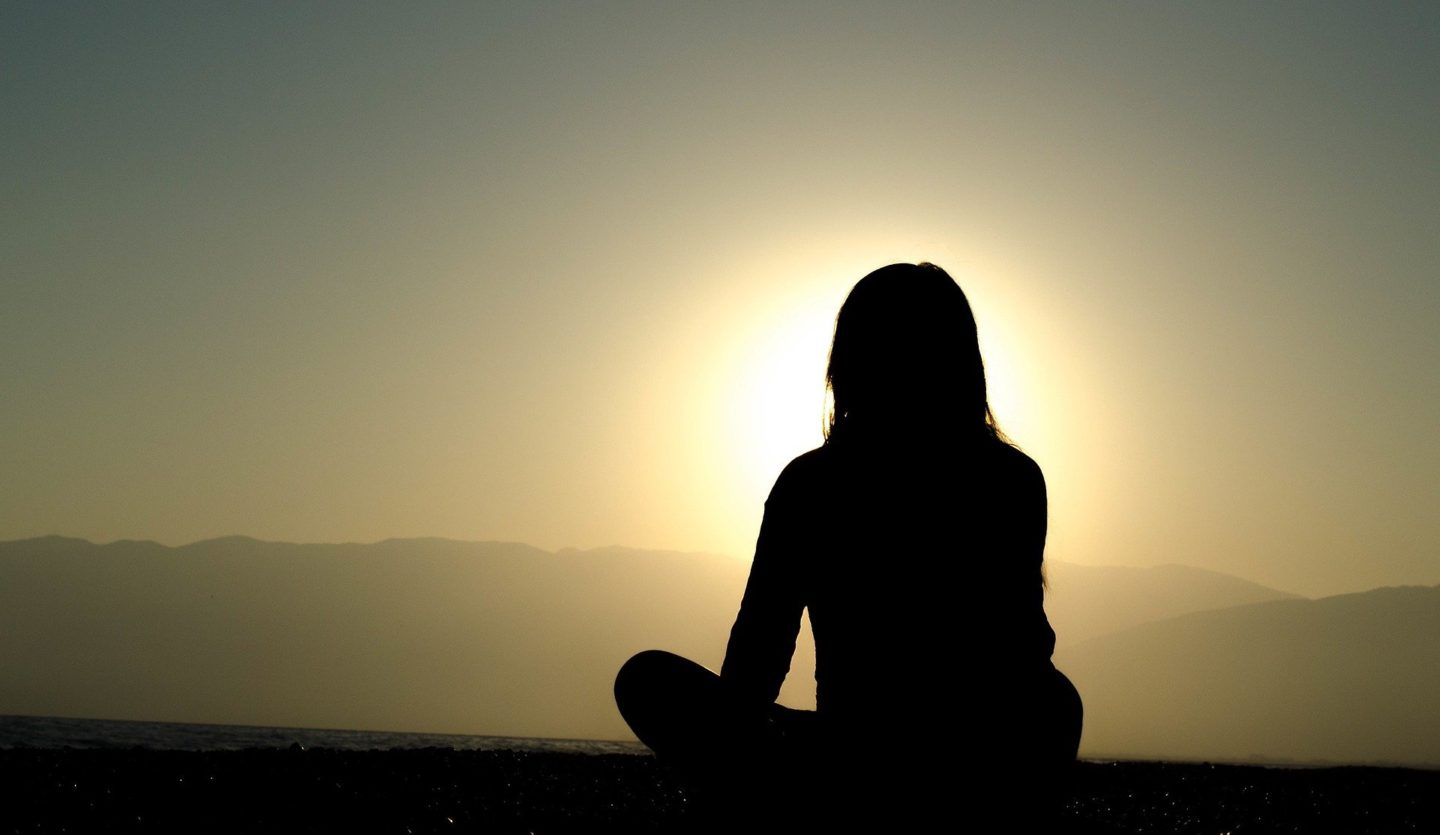
Your body responds by tightening up when you are suffering from stress, anxiety, or depression. In this case, you must try this style. It helps you to relieve anxiety and stress and feel more calm and relaxed.
While performing it, you must imagine a gentle wave flowing through your body (legs. Arms, face, head). Remember to keep breathing and imagine a wave of relaxation is spreading throughout your body slowly.
LOVING-KINDNESS MEDITATION

Metta or Loving-Kindness Meditation increases the ability to compassion for people, developing positive emotions. Its main aim is to promote a more loving attitude towards self-acceptance, awareness of their competence, and purpose in life.
Sit in a comfortable position and close your eyes.

First, you need to sit in any comfortable position and close your eyes. Then create a feeling of kindness and benevolence in the heart chakra.
You must follow this sequence:
- you;
- Close or best friend;
- neutral person;
- enemy;
- and then gradually the whole Universe.
Observe visually other people and send them your love and wishes for happiness. You will start enjoying this practice with time.
“He who frees his heart from the ill will with benevolence does not have an evil will, but the bad will be stopped.” – Buddha
VISUALIZATION MEDITATION

It is a combination of meditation and visualization. It means letting thoughts come and go. By practicing this style, you focus on something specific: a person, event, or goal you want to achieve. You imagine yourself fulfilling your thoughts, and imaginations are becoming a reality. It is also a mindfulness technique but adding visual practices.
Moreover, this practice creates a sense of relaxation and success among the people. If you are losing hope, you must try this practice. Therefore, it will bring wonder to your life.
CONCLUSION
From all these types and varieties, find one that you enjoy. First, try all these practices and select one that you think Is suitable for you. Finding the right practice is very important. This is a rather delicate question, but for myself, I have long since decided which method is the best, but you can try everything and make your own choice. I would be glad to receive your comments and wishes.
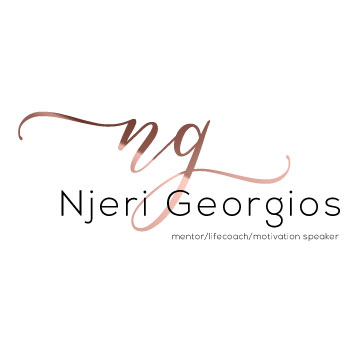
Africans should embrace meditation like our Asian counterparts. Its healthy for the mind
Awesome as always! Meditation, in any of its forms, should be a part of everyone’s routine!
We need meditation in our daily lives.Its healthy.